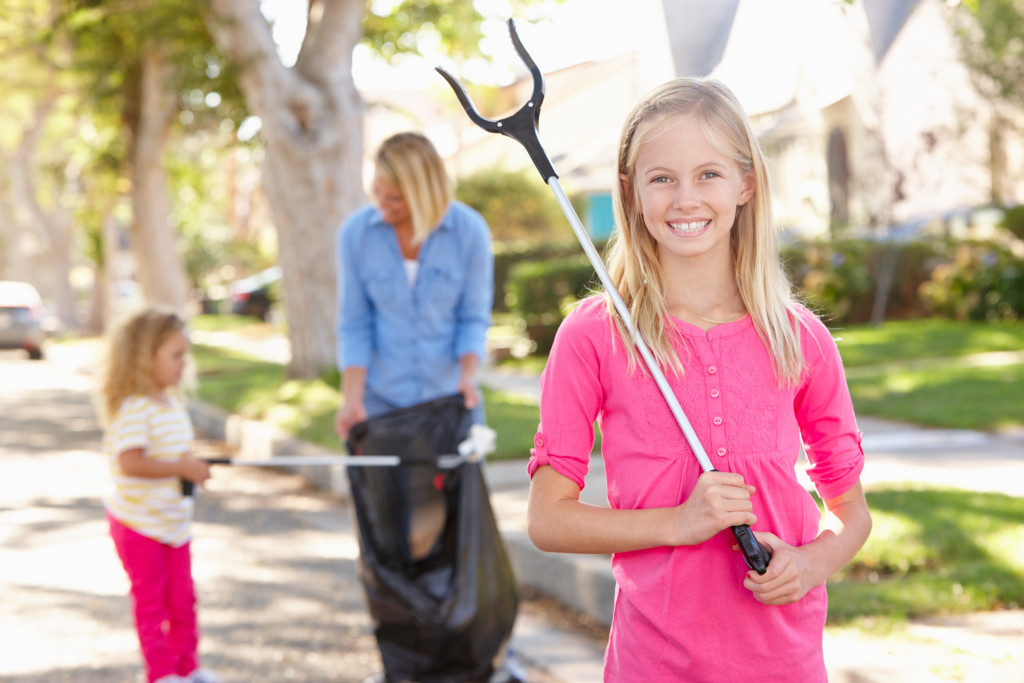If you’ve watched the movie The Intern, you will understand the complicated side of growing old. When they hit the retirement age, they barely have things left to do, especially if they have devoted their younger years purely to their craft. There is a feeling of loneliness attached to old age. Sometimes, they even feel like they are useless.
As a community, it is everybody’s duty to make the elder members feel that they belong. They are already going through so many physical and emotional changes. The last thing they need is to feel alone.
The Older Population in Numbers
There is an ever-growing need for age-friendly communities in the U.S. According to statistics, by the year 2025, there will be more older people than there will be kids. Older Americans comprise 15 percent of the American population today. It is expected to reach 21 percent in 2030. By then, all members of the boomer generation will be over 65 years old.
Even outside of America, the same is happening. The United Nations has projected that by the year 2050, the world population will consist of 16 percent of people over 65. That means one in every six people will be in the older age bracket. This just means that it’s not only the U.S. that needs to be age-friendly as soon as possible; the world does, too.
What Is an Age-friendly Community?
Individual efforts can only do so much. While they help, the best aid the older generation can get will be from policies geared towards their needs. Therefore, it takes a whole nation to raise older adults.
1. The physical environment lets people age actively
According to the U.S. Census Bureau, Americans aged 90 and above have at least one physical disability. They commonly have difficulties running errands alone. This is because their mobility is limited. Walking or climbing stairs are both hard to do.
The community must recognize that older people need to go out, too. They also want some fresh air and to enjoy nature. An age-friendly community must have well-lit sidewalks. These must be maintained to be free from litter and obstacles.
Buildings must also be accessible. They should have railings and elevators as well as automatic doors. Toilets must be accessible for them to use even when they are alone.
The bottom line is that seniors must be able to navigate the community on their own. Respect their decision if they don’t want help and if they want to do things like grocery shopping by themselves. Don’t take away their agency. Instead, make it possible for them to do things their way. They must be free to live the lifestyle they choose.
2. Social participation is encouraged

Even with the younger population, social isolation is detrimental. Did you know that the rate of rehospitalization is high among older patients who are socially isolated? The senior members of a community must feel like they are part of something.
Organize community events and make sure they are part of it. It could be quiz nights. Or you can hold art activities for them where they can paint, make poems, create custom picture items, sing, or dance.
The effects of isolation were highlighted because of the pandemic. In fact, in the United Kingdom, an age-friendly community in Leeds moved their services online when COVID-19 struck. Their staff delivered food, medicines, and other supplies to the older members of their community. They held virtual coffee mornings for members so that they wouldn’t feel lonely. They even offered to help them via phone because getting the senior members to download Zoom proved challenging.
In an age-friendly community, there are opportunities for the elderly to participate. You must recognize that seniors have a lot to offer, given their rich life experience. There is always a thing or two the community can learn from them. community
3. Healthcare and support must be accessible
The older people get, the more they need assistance to do a number of tasks. Not only that, but they also need to maintain medications to keep their bodies healthy. However, it’s no secret that healthcare is not cheap.
Partnerships between the local government, non-profit organizations, and community members should help address such needs. Even having a scheduled community lunch is a form of support for the elderly. On the side of the government, there must be a comprehensive policy for a community-based healthcare program.
Final Thoughts
Don’t think of older people as just numbers in a census board. They have a right to live a quality life. Therefore, their physical, social, and medical needs must be met.




